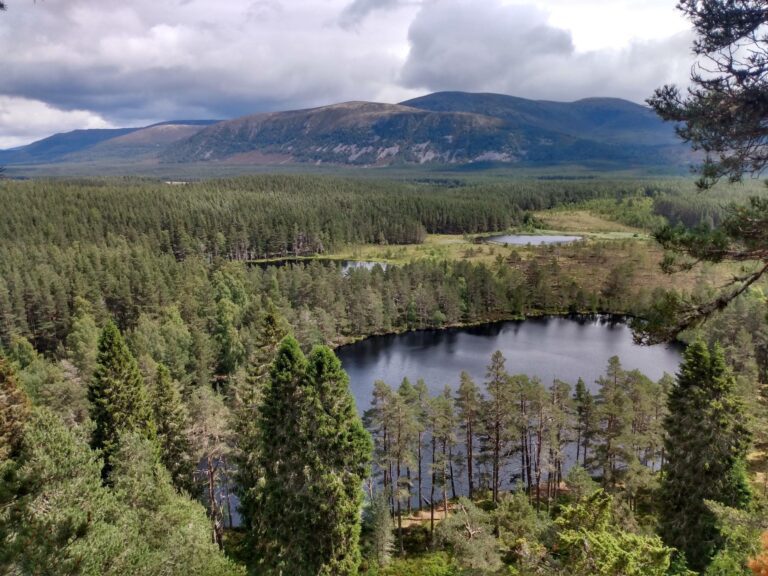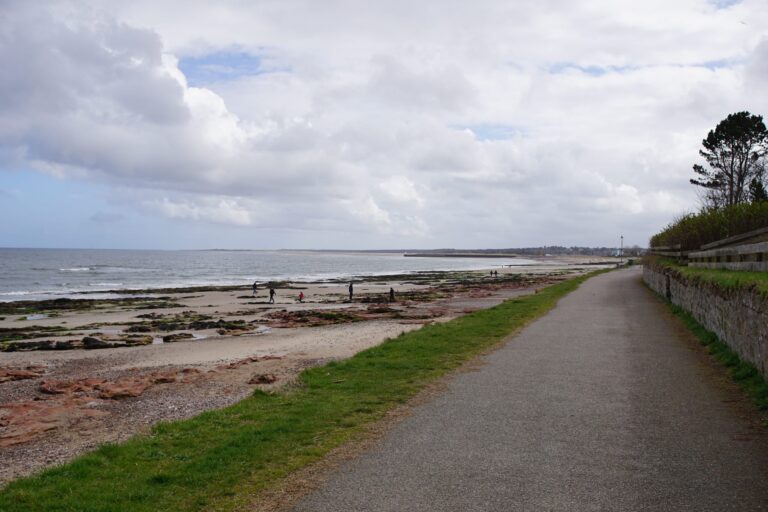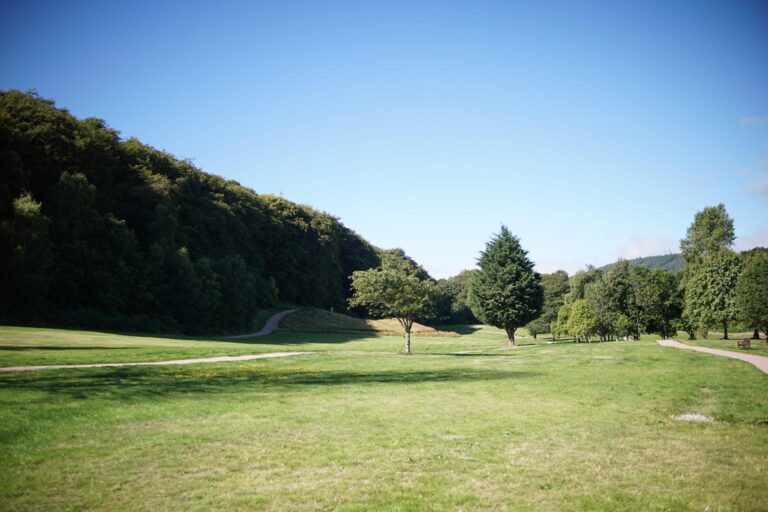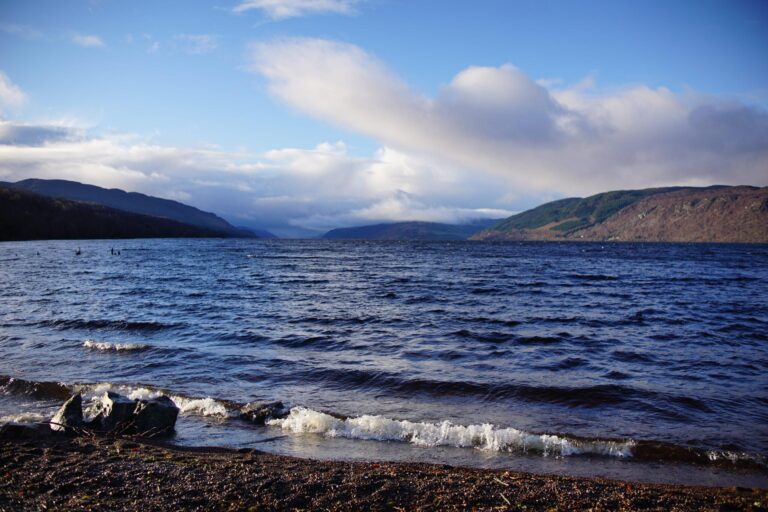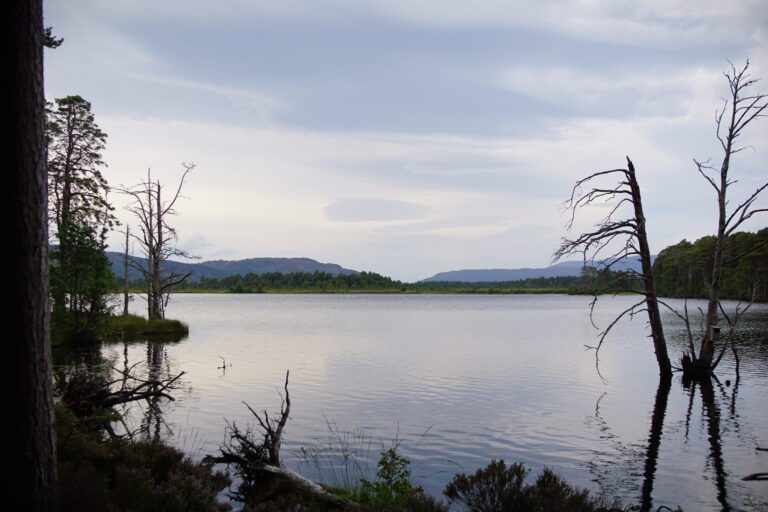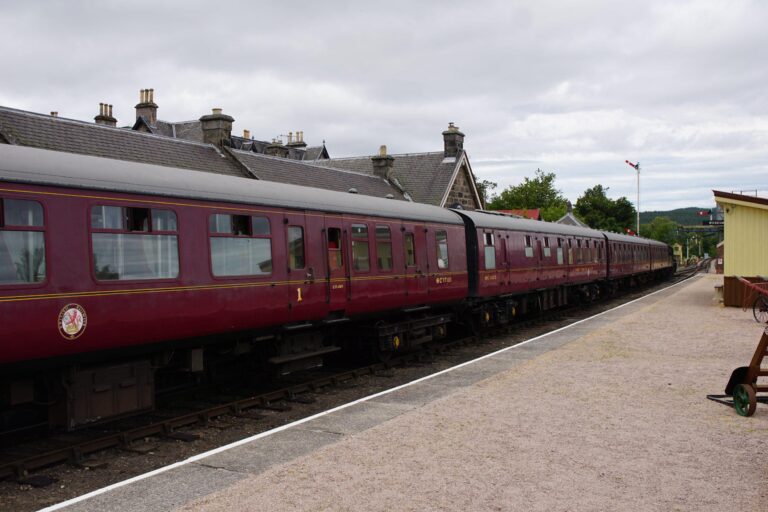Craig Phadrig – A walk through history in Inverness

On the hilltop to the west of Inverness lies the hill fort of Craig Phadrig, dating back to Pictish times. This is the mostly likely scene for the famous encounter between the Pictish King Bridei and St Columba, which happened around the year 565AD. You can explore the hill fort itself, and there are also walks in the surrounding forest, with views out over the Beauly Firth.
Distance: There are two main suggested routes. The blue Hill Fort Trail taking in the summit is 1.25 miles / 1.9km. The yellow Craig Phadrig Trail around the forest is 1.5 miles / 2.3km. It is also possible to extend the walk down to the Beauly Firth at Clachnaharry, taking in the Clachnaharry Battle Monument.
Parking: There is a free Forestry Commission car park. Coming up Leachkin Road, cross straight over the mini-roundabout, and take the second turn on the right, onto Leachkin Brae. The road climbs steeply uphill, and after about 500m the Forestry Commission car park is signed off to the right.
Amenities: There are no toilets or other facilities at the car park.
Buggy/bike-friendly? The yellow trail around the base of the hill fort is suitable for off-road prams and balance bikes. The blue trail is not suitable for wheels, as there are steep slopes with some steps up to the fort itself, and this is a historic site which needs to be protected.
Craig Phadrig: the two routes

Both the yellow and blue trails are well signposted with marker posts. As a reminder, the blue trail takes in the summit and the hill fort itself, and involves some steep slopes. The yellow trail is longer but gentler, and is suitable for pushchairs.
Blue Hill Fort Trail Route
1. The route starts as a broad grit trail winding through the forest. There are often lots of wild raspberries here in season.

2. At the junction, turn right, heading uphill into the woods. You will pass some fantastic dens in the trees on your left. Shortly afterwards, the path forks. Take the right hand ‘blue only trail’. The path then climbs steeply through woodland, with some steps.

3. After this steep section, there is an information board about the hill fort. At this point you can choose to continue around the hill on the blue path, but we normally head straight ahead up the final pull to the top of the hill.

4. The hill fort itself is quite interesting, a large oval green space with a clear ridge around the edge of it, and wonderful views out over the Beauly Firth. Somewhere here there are vitrified rocks, evidence that the fort was burnt at some point. I have never managed to spot one -perhaps they are buried?

5. Walk clockwise around the edge of the fort, about half way, and then descend on the far side, taking care to stick to the main path. It is easy to end up on deer tracks here, which can be rather steep, but as long as you keep going carefully down, you will rejoin the blue route.
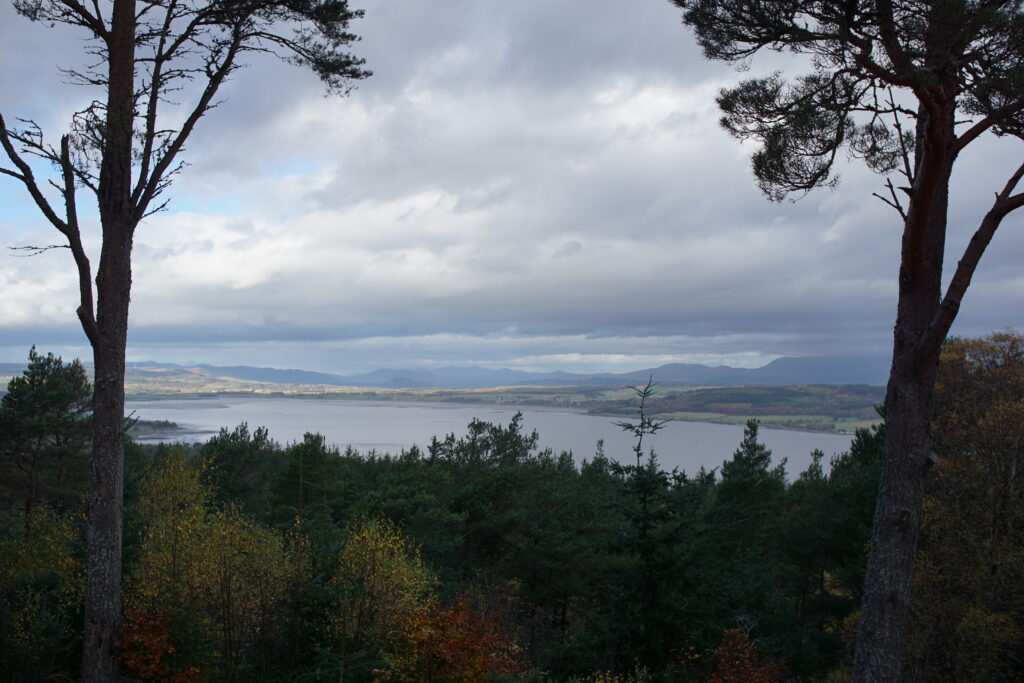
6. Follow the blue route around the hill to rejoin the yellow route. Continue back down past the woodland dens, and return to the car park.

Yellow Craig Phadrig Trail
1. The route starts as a broad grit trail winding through the forest. There are often lots of wild raspberries here in season.

2. At the junction, you can choose either direction for the yellow route. We chose to walk clockwise, and so carried on straight ahead, walking through birch trees, before views of the Beauly Firth open up on the left.

3. At the next path junction, turn right onto a narrower path. The route heads uphill through denser forest towards the fort.

4. Stay right at the next path fork to remain on the yellow route, travelling around the base of the fort, which rises above you on the left. After the fort, you will rejoin the blue route; look out for some excellent dens among the trees on your right.

5. The path now wends downhill with some more views of the Beauly Firth, to rejoin the original forest track. Turn left to head back to the car park.

Craig Phadrig: What is the terrain like?
The blue trail up to the hill fort itself is a mixture of broad forest paths and narrower sections. The short pull up to the summit of the fort itself is very steep, and the path around the hill fort is narrow. This route is therefore not suitable for wheels. You would need a baby carrier for very young children, but as the whole walk is quite short, most 3 year olds should be able to manage the whole route independently. I would recommend the blue trail if you think your family is able to manage it, as there are good views from the top (between the trees!) and the hill fort itself is interesting to see.

The yellow trail is mostly on broad and smooth forest paths, with a short rougher section through the forest, which is very manageable with an off-road pram, but a bit of a slog in the uphill direction!
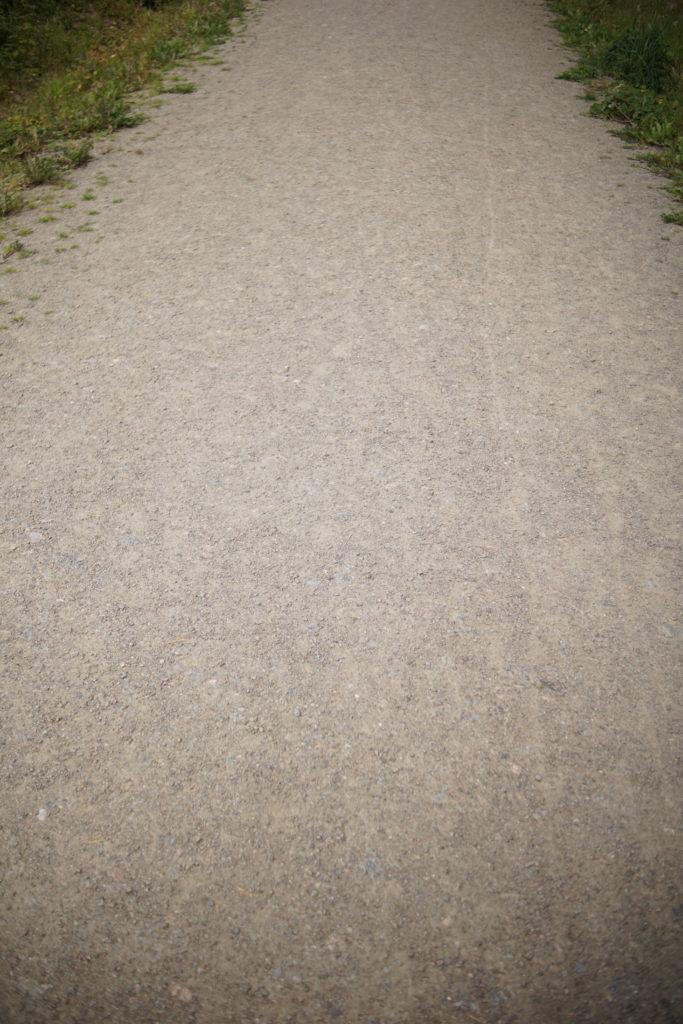


Things to look out for:
Look out for wild raspberries and blackberries, butterflies, massive fallen trees, pine cones, and some fantastic forest dens.






The history of Craig Phadrig
If you are walking with school age children, this educational guide produced by Forestry Commission Scotland has some good questions to ask as you walk around the fort, and ideas for role play in the fort itself. It also includes a map on page 8 showing where to look for vitrified stonework.
When you reach the summit, you can walk around the inner wall of the hill fort which contains an area about 75m by 23m. The fort itself is thought to possibly date back to the Iron Age, but it was also occupied in Pictish times (around the 5th and 6th centuries AD). Adomnan wrote a Life of St Columba in which he describes an encounter between King Bridei (or Brude) of the Picts and St Columba:
Once, the first time St Columba climbed the steep path to King Bridei’s fortress, the king, puffed up with royal pride, acted aloofly and would not have the gates of his fortress opened at the first arrival of the blessed man. The man of God, realising this, approached the very doors with his companions. First he signed them with the sign of the Lord’s cross and only then did he put his hand to the door to knock. At once the bars were thrust back and the doors opened of themselves with all speed. Whereupon St Columba and his companions entered. The king and his council were much alarmed by this, and came out of the house to meet the blessed man with due respect and to welcome him gently with words of
peace. From that day forward for as long as he lived, the ruler treated the holy and venerable man with great honour as was fitting’
You can consider, as you also climb up the steep path to King Bridei’s fortress, whether this is the place where Bridei and Columba met!
You might also enjoy these other short walks in and around Inverness.

